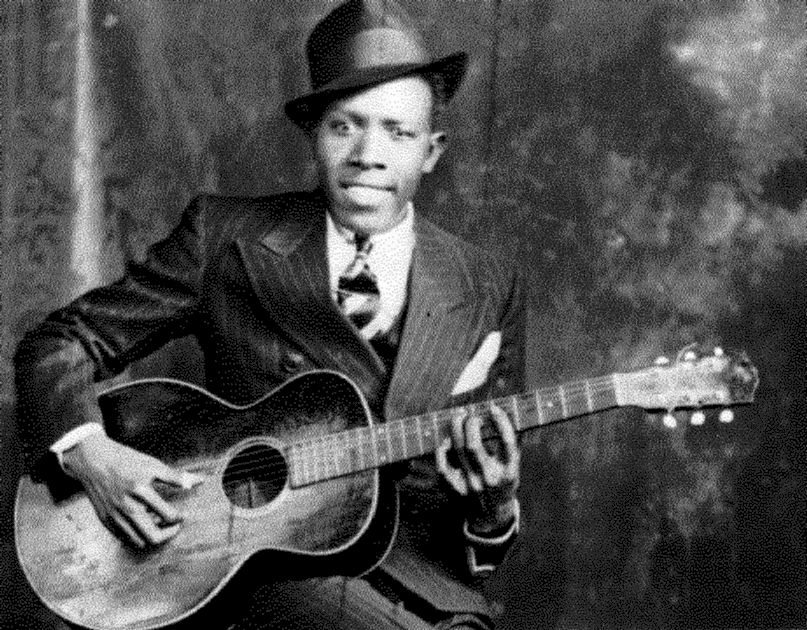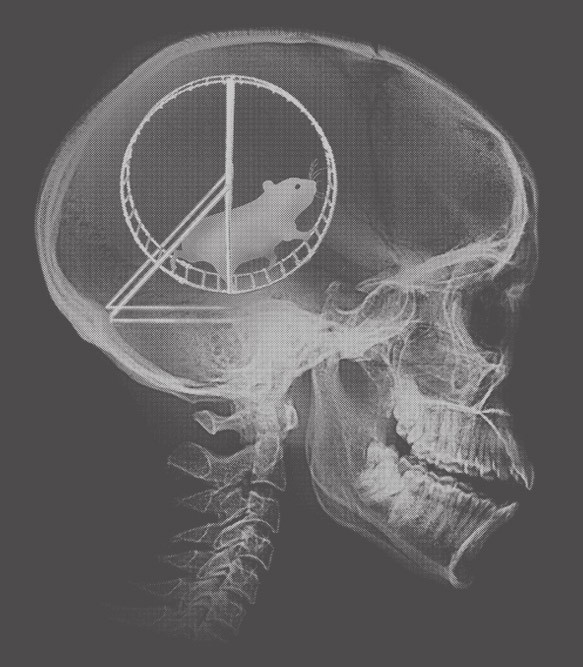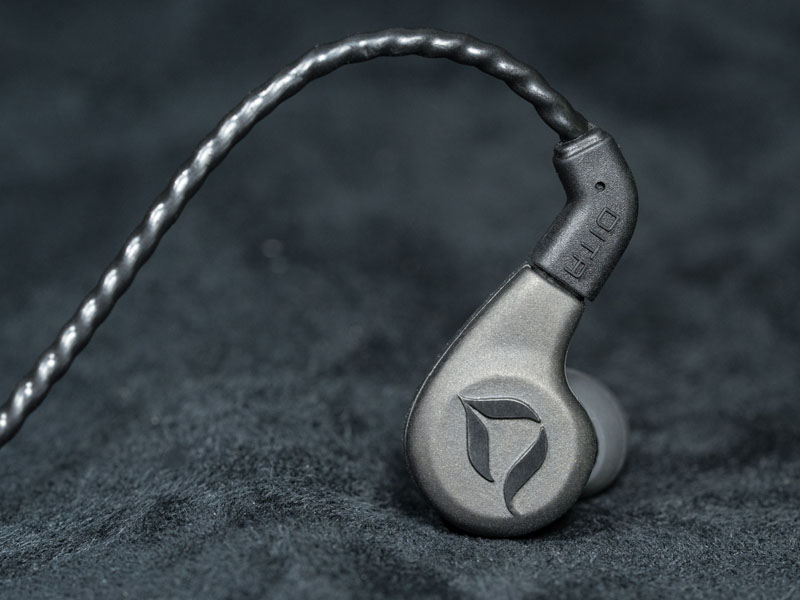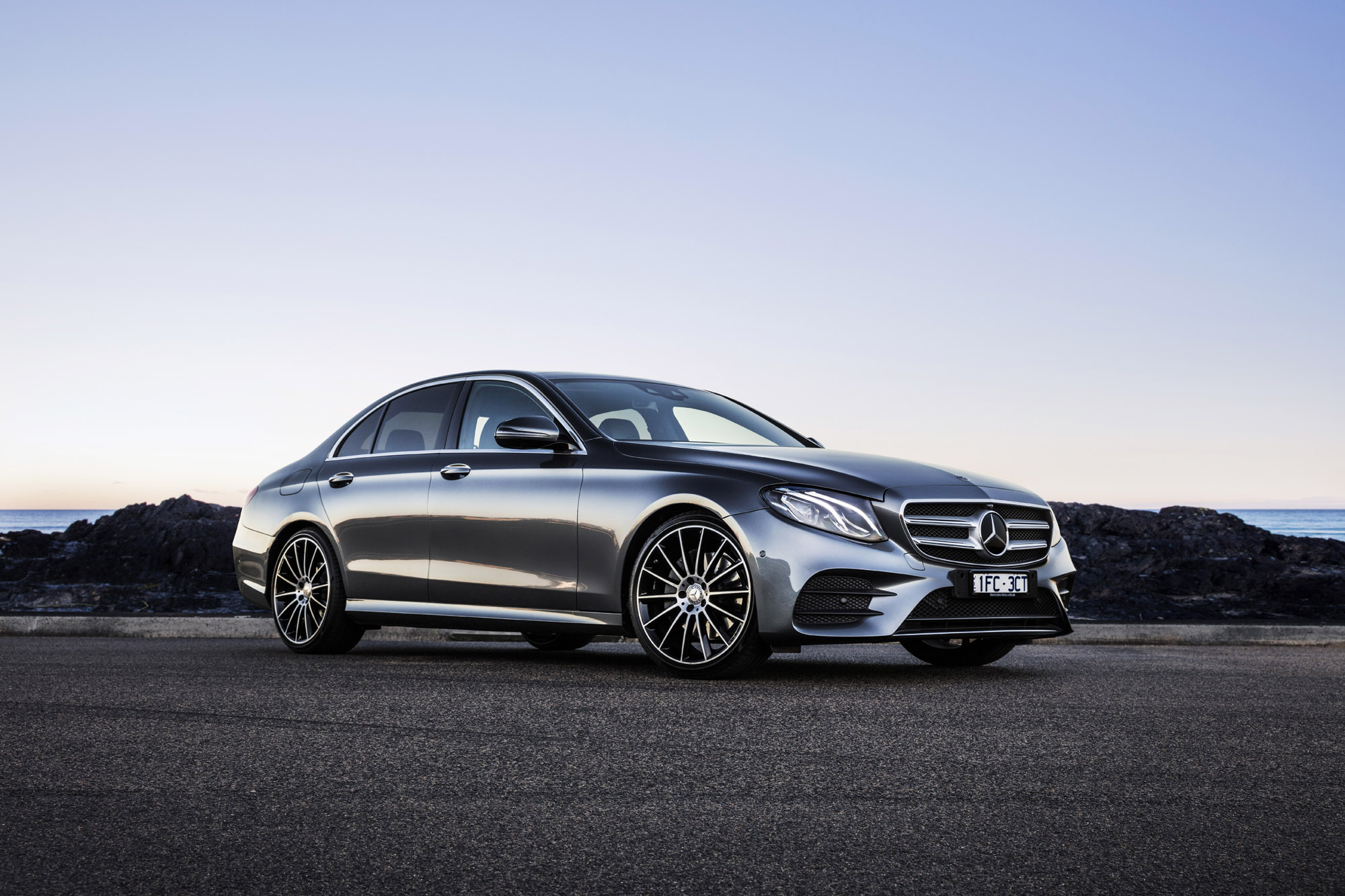This review is based on a review tour unit provided by Dita.
This tour unit provided by Dita was a great opportunity for us(especially somebody like me that has not heard any of their iems) to try out their newest offering, Dream.
Due to a theft that occurred during the tour, the kit that I’ve received was pretty bare with a few set of tips. Fortunately, the tips that was included in the kit fit me quite well, and turned out to be the perfect tips to bring out the character of the iem. This particular tip was the white colored, narrow bore(as pictured below). I’ve compared with the Symbio Mandarin W tips(that I use frequently), which has a wider bore diameter, and the white tips provided in the kit provided the better bass response compared to the Symbio. The bore sizing doesn’t seem to matter much with it’s sound.

I had no trouble with the fit. The nozzle is long enough to good insertion and seal(particularly with the above mentioned tips). A good fit due to not being so bulky and with good ergonomics due to the rounded shape that seats well on the Antitragus of the ear. Certain iems can be too bulky that movements can cause shifting the iem in the ear, unseating from a good fit. Due to the ergonomics and the size, there was no issue with iem shifting, messing with the fit.
One thing that can be improved would be the cable. The cable is a bit on the bulky side due to the added insulation over the main core of the cable. This insulation causes stiffness to the cable, retaining memory of the bends, which I didn’t particularly like. In addition, the iem felt a bit weighed down by this cable.

Now, on to the sound. Upon initial listen, I was a bit taken by it’s sound. It was due to having a sound that was different than what I’ve been hearing. I’ve not been so fond of single dynamic drivers that I’ve been hearing in the past that I paid more attention to BA based iems. Dream sounded different than other dynamic driver iems I’ve heard before, particularly the bass. The bass on this iem has to be the most articulate bass I’ve ever heard of an iem. It’s capable of outputting different type of bass sounds that typical iem doesn't present. Perhaps the bass is more transparent to the music type if it’s able to express different types of bass sounds. The bass hits hard in the mid-bass region and you have that sub region woofer like effect on certain tracks. That is not something I hear much of with BA driver bass, particularly the subs.

After spending a bit more time with it, I became more familiar with the signature. The signature seemed a bit on the V-shaped side with the lower treble peak being a bit noticeable. Luckily, I didn’t find this signature to sound be recessed in the mids or bass to overwhelm the mids to lose clarity in general. There’s a bit of treble forwardness and thus a great articulation results from the raised lower treble which can overshadow the mids. This lower treble was a bit greater in level than I prefer personally, which is a bit more than what I consider on the smooth side. The treble doesn’t seem to be as smooth of a transition from upper-mids to the lower treble. Somewhere in the area of 7-8k, there seems to be a bit of a emphasis to cause a particular boldness in the treble articulation that makes you really notice it. If this can be alleviated, I believe the treble can sound a bit more smoother. Also, this raised treble boldness cause a type of sparkle/grain type articulation gets a bit on the textury side. I wouldn’t call this a strong treble peak, but it’s noticeable. Other than that, bass is one of the best I’ve heard, and it’s the biggest strength. It an iem that really impresses me with it’s bass capability. Sound stage is large, and the sub bass really supports the spacialness of it’s large sound.
What I found impressive was the speed of the iem. I thought the response was very quick in par with BA iems that I find pretty quick in response.
All in all, a high performing dynamic driver iem that sets itself apart from many out there, and after demo'ing the Dream, I'm looking forward to what else is on the horizon from Dita.
This tour unit provided by Dita was a great opportunity for us(especially somebody like me that has not heard any of their iems) to try out their newest offering, Dream.
Due to a theft that occurred during the tour, the kit that I’ve received was pretty bare with a few set of tips. Fortunately, the tips that was included in the kit fit me quite well, and turned out to be the perfect tips to bring out the character of the iem. This particular tip was the white colored, narrow bore(as pictured below). I’ve compared with the Symbio Mandarin W tips(that I use frequently), which has a wider bore diameter, and the white tips provided in the kit provided the better bass response compared to the Symbio. The bore sizing doesn’t seem to matter much with it’s sound.

I had no trouble with the fit. The nozzle is long enough to good insertion and seal(particularly with the above mentioned tips). A good fit due to not being so bulky and with good ergonomics due to the rounded shape that seats well on the Antitragus of the ear. Certain iems can be too bulky that movements can cause shifting the iem in the ear, unseating from a good fit. Due to the ergonomics and the size, there was no issue with iem shifting, messing with the fit.
One thing that can be improved would be the cable. The cable is a bit on the bulky side due to the added insulation over the main core of the cable. This insulation causes stiffness to the cable, retaining memory of the bends, which I didn’t particularly like. In addition, the iem felt a bit weighed down by this cable.

Now, on to the sound. Upon initial listen, I was a bit taken by it’s sound. It was due to having a sound that was different than what I’ve been hearing. I’ve not been so fond of single dynamic drivers that I’ve been hearing in the past that I paid more attention to BA based iems. Dream sounded different than other dynamic driver iems I’ve heard before, particularly the bass. The bass on this iem has to be the most articulate bass I’ve ever heard of an iem. It’s capable of outputting different type of bass sounds that typical iem doesn't present. Perhaps the bass is more transparent to the music type if it’s able to express different types of bass sounds. The bass hits hard in the mid-bass region and you have that sub region woofer like effect on certain tracks. That is not something I hear much of with BA driver bass, particularly the subs.

After spending a bit more time with it, I became more familiar with the signature. The signature seemed a bit on the V-shaped side with the lower treble peak being a bit noticeable. Luckily, I didn’t find this signature to sound be recessed in the mids or bass to overwhelm the mids to lose clarity in general. There’s a bit of treble forwardness and thus a great articulation results from the raised lower treble which can overshadow the mids. This lower treble was a bit greater in level than I prefer personally, which is a bit more than what I consider on the smooth side. The treble doesn’t seem to be as smooth of a transition from upper-mids to the lower treble. Somewhere in the area of 7-8k, there seems to be a bit of a emphasis to cause a particular boldness in the treble articulation that makes you really notice it. If this can be alleviated, I believe the treble can sound a bit more smoother. Also, this raised treble boldness cause a type of sparkle/grain type articulation gets a bit on the textury side. I wouldn’t call this a strong treble peak, but it’s noticeable. Other than that, bass is one of the best I’ve heard, and it’s the biggest strength. It an iem that really impresses me with it’s bass capability. Sound stage is large, and the sub bass really supports the spacialness of it’s large sound.
What I found impressive was the speed of the iem. I thought the response was very quick in par with BA iems that I find pretty quick in response.
All in all, a high performing dynamic driver iem that sets itself apart from many out there, and after demo'ing the Dream, I'm looking forward to what else is on the horizon from Dita.
























